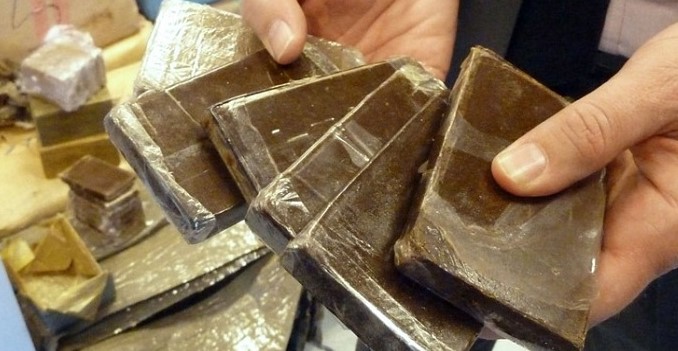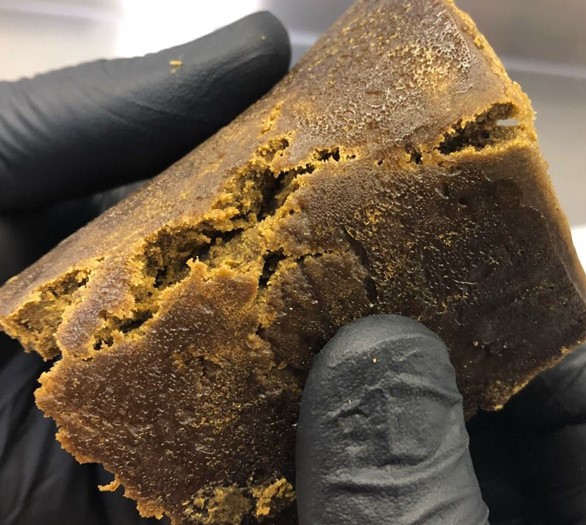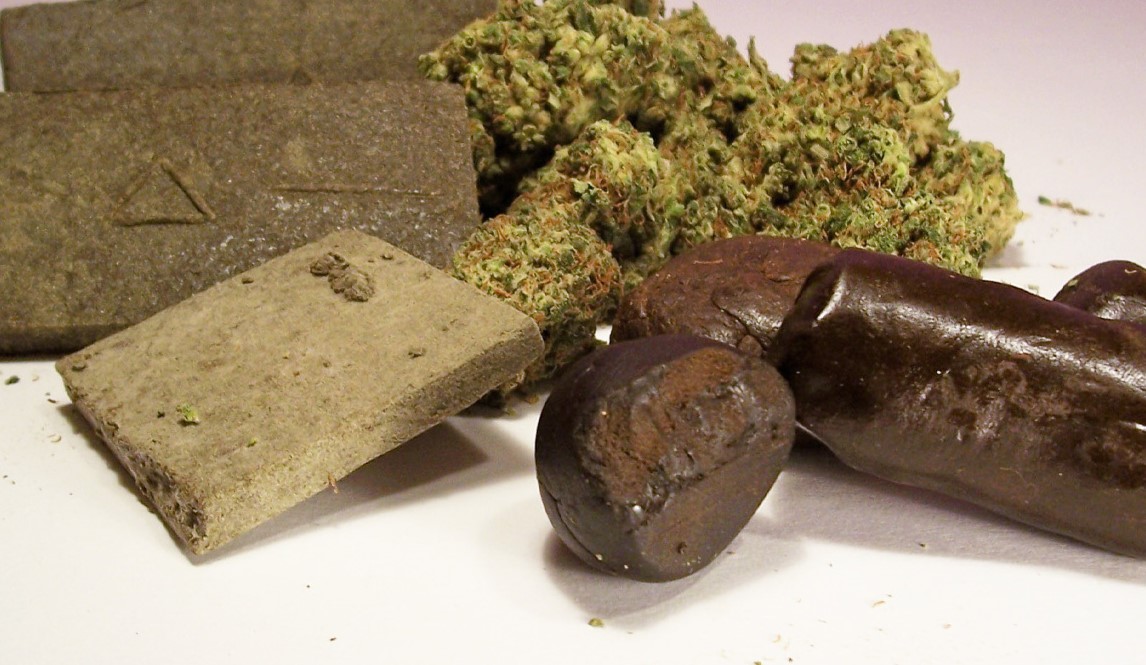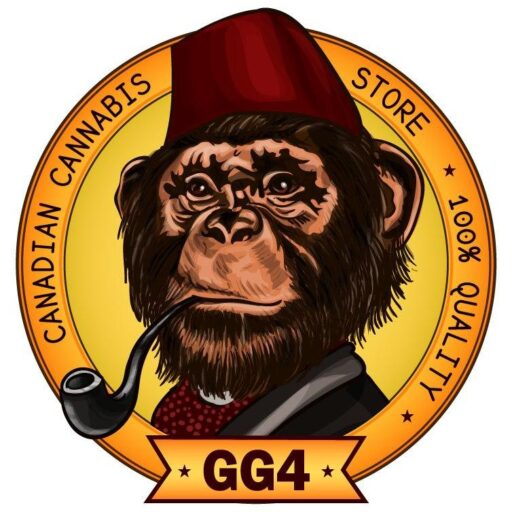What is habibi hash?
Habibi hash is a type of cannabis extract created from trichomes, the resinous glands that cover the surface of cannabis plants, which are removed and refined into a concentrated form. It’s typically brown or dark green in hue, with a brick or spherical shape.
Habibi hash does not use solvent or chemical extraction to remove trichomes, which is why it’s a solventless extract.
Habibi hash has been produced for millennia using a variety of techniques.
Habibi hash vs. weed
When people talk about cannabis, weed, or marijuana, they are typically talking about the buds, or flower, and not the resin.
Habibi hash is the name given to the concentrate made from plant resinous trichomes. Habibi hash can be extracted in a variety of ways; here are some of them. Because habibi hash is an extract, it tends to have a considerably higher level of THC than flower does.
Habibi hash is taken by smoking it in pipes, bongs, joints, and other devices. It can also be sprinkled on top of the plant and smoked or put in a dab rig and dabbed.
Where does habibi hash originate?
The word “habibi hashish” comes from the Arabic language, and it refers to grass. It’s been suggested that habibi hash smoking was invented sometime around 900 AD, although certain habibi hash strains, such as charas, which is produced by cannabis growers’ hands, are claimed to have existed previously to written record.
During Napoleon’s invasion of Egypt in 1798, French soldiers brought home habibi hashish, and it quickly became fashionable throughout the West in the 19th century. For years, European doctors imported hashish for study, which resulted in the development of different extraction processes that allowed for cannabis tinctures and medicines to be produced.
Cannabis extracts were widespread in drug stores in the United States and Europe by the turn of the 20th century. habibi hash products were prohibited and pushed back into the black market following US cannabis prohibition in the early 20th century.
With the resurgence of interest in marijuana in the 1960s, habibi hash again rose to prominence. Nations like Nepal, Afghanistan, and Morocco saw a rise in habibi hash exportation to Western nations. Imported habibi hash was then mostly available as hard-pressed bricks produced by heat and pressure.

It was not until the late 1980s, when a device called the “master sifter” was imported to the West, that gland separation became popular. This breakthrough machine invented by John Gallardi employed vibration to separate trichome glands from plant matter, according to Ed Rosenthal in his book Beyond Buds.
During the 1990s, water extraction methods were developed by Neil Schumacher and Rob Clarke, who began experimenting with this process before it was known as habibi hash or ice water hash.
Ice water extraction was popularized in 1997 by Reinhard C. Delp at the High Times Cannabis Cup with equipment that he developed. Mila Jansen later used his pollinator isolation bags to adapt and modify his patents.
The original patent has not yet been granted to a company in Canada, however the form would be further improved upon by Canadian habibi hash enthusiast Marcus “Bubbleman” Richardson with his BubbleBags, one of only a few businesses worldwide who have a leased permission to use procedures from the original 1999 invention.
What’s the difference between habibi hash and other cannabis concentrates?

Habibi hash is a cannabis concentrate that has been utilized for thousands of years, although most other cannabis concentrates have only been around for a few decades owing to advances in extraction technology.
We suggest using habibi hash oil for dabbing because of its high potency and wide range of effects, butters are available in a variety of flavors. Habibi hash is simple to make and can be made at home safely and with little equipment. Aside from rosin, most other concentrates—with the exception of habibi hash oil—demanded sophisticated machinery and required the assistance of legitimate, licensed, and trained experts.
Make sure the concentrate you buy is tested, as doing so will guarantee that you are receiving a product free of pollutants or other hazardous chemicals. Do not try to produce solvent cannabis extracts on your own; always make sure to purchase anything from a legitimate store, which must test its products.
How do you smoke habibi hash?
Habibi hash can be consumed in a number of ways.
- Traditionally, habibi hash has been eaten orally, most commonly in the form of a solid or mixed into a beverage such as bhang.
- You may use habibi hash to top your bowl, roll it into a joint, or smoke it alone. It’s also great when combined with flower.
- Some types of habibi hash may be dabbed—full-melt habibi hashes, which are high quality and melt completely in a nail, leaving little residue.
You’ll need a pipe or a bong to begin smoking habibi hash. You’ll also need a dab rig, dab tool, and heating device, such as an e-nail, if you’re dabbing.
Because habibi hash is a concentrated form of cannabis, its effects will be far more powerful than smoking flower. Depending on the source and extraction processes, habibi hash potency can range from 40 to 80 percent THC, whereas flower is generally in the 15-25 percent THC range.

